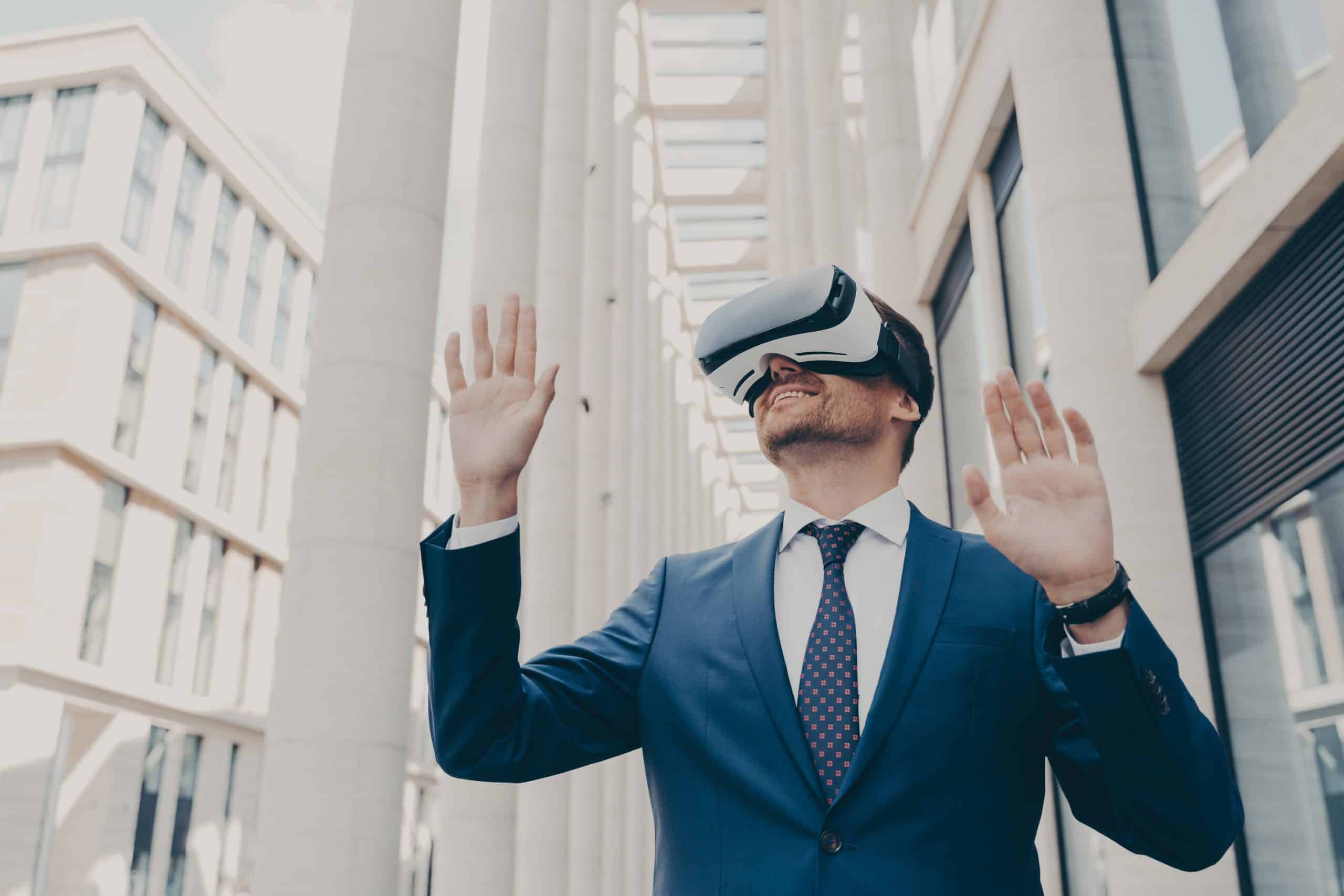Technological advancements are reshaping the way we live our lives and conduct our businesses. One such advancement is Augmented Reality (AR) which is making significant strides in various sectors, particularly in retail. This game-changing technology lets users interact with the real world in entirely new ways by enhancing their surroundings with digital information. This article aims to provide an in-depth look into how UK retailers can use AR to enhance in-store customer experiences.
The Intersection of Retail and Augmented Reality
The retail industry is never static; it continually evolves to engage customers better, provide innovative shopping experiences, and stay ahead in the fiercely competitive landscape. Augmented Reality has emerged as a revolutionary technology that is transforming the shopping experience for both customers and retailers.
A voir aussi : How Can British Expatriate Entrepreneurs Repatriate Profits Efficiently?
Imagine a scenario where customers can virtually try out products before buying them, retailers can showcase digital models of products not physically available in the store, or customers can navigate through the store using an AR-based navigation system. Sounds exciting, doesn’t it? This is precisely what Augmented Reality brings to the retail landscape.
Enhancing In-store Experiences through AR
Today’s customers seek experiences that go beyond traditional shopping. They crave engaging, interactive, and personalized experiences that make shopping not just necessary but enjoyable. Augmented reality delivers on these expectations by creating immersive in-store experiences that captivate customers.
Lire également : What Are the Effective Digital Detox Strategies for UK Tech Employees?
For example, a cosmetics brand can use AR to allow customers to virtually try different makeup products, thus eliminating the need for physical samples. Not only does this make the shopping experience more entertaining, but it also adds a layer of hygiene and safety, which is notably crucial in the post-pandemic era.
Similarly, a furniture store can use AR to let customers visualize how a piece of furniture will look in their home. Customers simply need to point their AR-enabled app to the desired location in their home, and the app will overlay the selected furniture product onto the real-world view. This can significantly boost the customers’ confidence in their purchase decisions, leading to increased sales.
Driving Sales and Brand Loyalty with AR
Businesses are always aiming to increase sales and build brand loyalty. AR proves to be an effective tool in achieving these goals by offering unique and memorable shopping experiences to customers.
AR can not only enhance the in-store experience but also extend it beyond the store. For example, a customer who visited a clothing store and tried out a few outfits using an AR-enabled mirror can later receive personalized recommendations based on their in-store experience, right on their mobile app. This makes the shopping experience more personal and engaging, encouraging repeat purchases and enhancing brand loyalty.
Moreover, AR can also help drive footfall to physical stores. A retailer can create AR-based marketing campaigns that offer interactive experiences to users and direct them to their nearest store.
Implementing AR Technology in Retail
Implementing AR technology in a retail store involves several steps. Firstly, retailers need to understand their customers, their needs, preferences, and pain points. This understanding will guide the creation of meaningful and effective AR experiences.
Next, retailers must choose the right AR technology. There are several AR platforms available, each with its unique features and capabilities. Some may be better suited for specific types of experiences, while others may offer more general functionalities.
Once the technology is selected, it’s time for integration. This involves integrating the AR platform with the retailer’s existing systems, such as inventory management and customer relationship management (CRM) systems.
Lastly, retailers need to train their staff to use and promote the new technology. This is crucial, as the success of AR implementation largely depends on how well the technology is adopted by both staff and customers.
To sum up, Augmented Reality is proving to be a game-changer in the retail sector, offering unique and engaging experiences to customers and driving sales and brand loyalty. As technology continues to advance, the possibilities for AR in retail are endless. The key for retailers is to stay informed, be open to innovation, and strive to deliver the best shopping experiences to their customers.
The Future of AR in UK Retail
The future of AR in the UK retail sector looks promising and it’s not hard to see why. As technology continues to advance and become more accessible, more and more retailers are beginning to explore the benefits of augmented reality technology. In a world where online shopping is increasingly popular, AR offers the potential to revolutionize the way we shop.
By merging the digital and physical realms, AR can create engaging and immersive shopping experiences that are impossible to achieve with traditional retail methods. With AR, customers can virtually try on outfits, sample makeup, or visualise furniture in their homes, all without leaving the comfort of their own homes. This not only enriches the shopping experience but also saves time and enhances convenience.
Moreover, AR can help bridge the gap between online and in-store shopping. For instance, a retailer could use AR to create a virtual store that customers can explore from their homes. This could include virtual store tours, interactive displays, and even virtual assistants who can provide real-time customer support.
The potential applications of AR in retail are vast. From enhancing customer engagement to driving sales and building brand loyalty, AR can be a powerful tool for retailers. To leverage the power of AR, retailers will need to invest in app development, train their staff, and integrate the technology into their existing systems.
Conclusion: AR – The Future of UK Retail
AR is no longer a novelty; it’s becoming a staple in the retail industry. It’s clear that AR has the potential to redefine the shopping experience, offering customers a blend of the convenience of online shopping and the immersive experience of physical stores. Whether it’s through trying on clothes virtually, visualising furniture in real-time in your home, or receiving personalised product recommendations based on past purchases, AR is making shopping more engaging, personalised, and enjoyable.
Furthermore, in a fiercely competitive landscape, AR can give retail stores a competitive edge. By offering unique and memorable shopping experiences, retailers can increase sales, build customer loyalty, and even attract new customers.
However, implementing AR in retail is not without its challenges. It requires a significant investment in application development and staff training, and it needs to be integrated with existing systems. Retailers must also ensure that they fully understand their customers’ needs and preferences to create meaningful and effective AR experiences.
Despite these challenges, the potential benefits of AR in retail are indisputable. As technology continues to advance, the possibilities for AR in retail are endless. For UK retailers, the key to success in this new era of retail will be to stay informed, embrace innovation, and strive to offer the best shopping experiences to their customers. Welcome to the future of retail. Welcome to the world of Augmented Reality.











